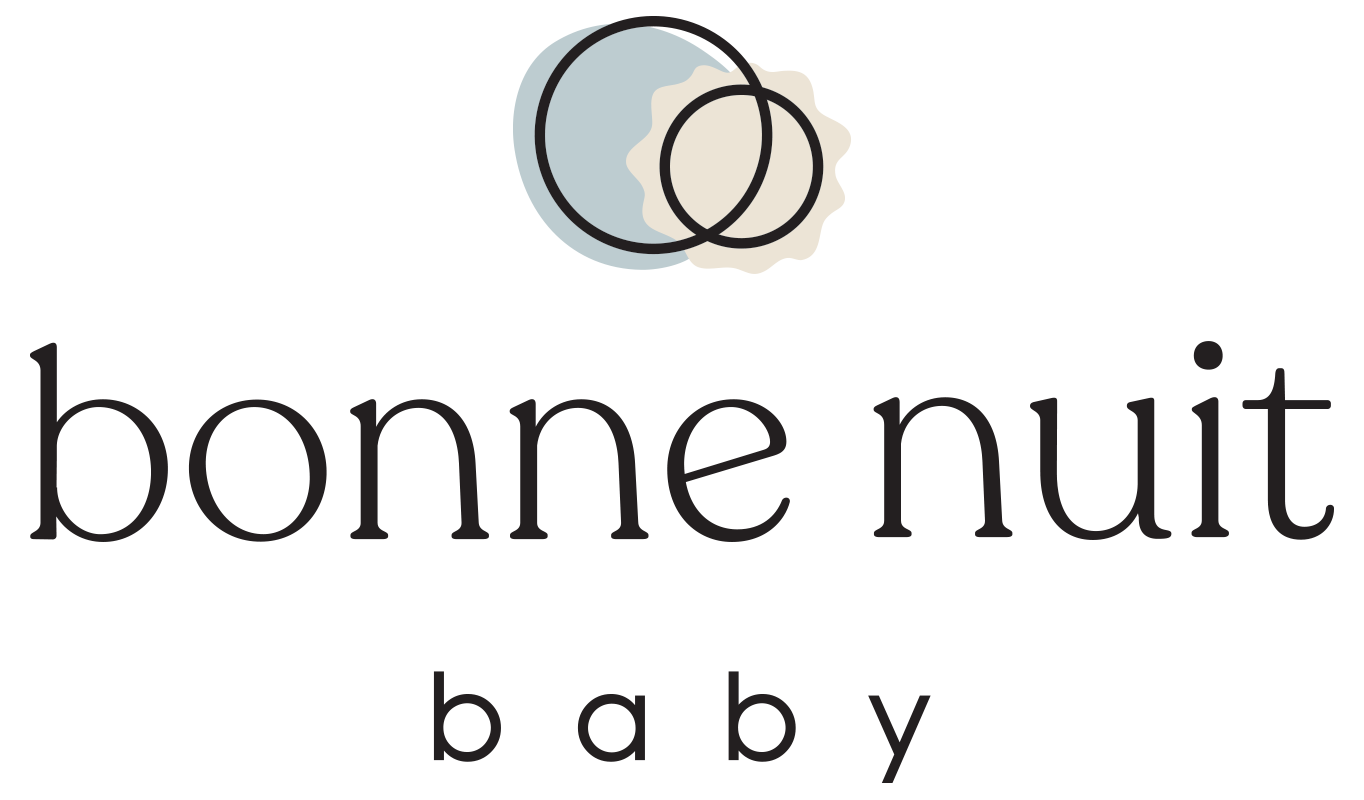Does my 12-month old really need two naps?
Questions that I get asked often:
*My baby is 10 months old. Should she still waking up at random times throughout the night? (No.)
*Is it normal that my toddler requires a gaggle of books, blankets and stuffed animals in order to accept getting into bed? (Yes.)
*Is your child the best sleeper in the world? (Hahaha, nope.)
But the most frequent question I get is from parents approaching their baby’s first birthday. They’re tired of being stuck at home twice a day for naps and are eager to join the 9am play dates they’ve heard so much about.
Does my child REALLY need two naps every day?
Before I tell you the answer (which–if you’re reading this–you probably won’t like), let’s look at what happens during a nap.
The anatomy of a nap
Naps are essential to your child’s mental and physical development. Let’s geek out for a moment and explore why.
1. Cortisol levels drop. When your child wakes for the day, his cortisol levels will begin to rise—and will continue to do so until he sleeps again. During a nap, the cortisol concentrations plunge so that your baby wakes up happy and ready to face the rest of the day. If he doesn’t sleep, or if he doesn’t sleep soon enough, he’ll become insanely wired and–counter-intuitively–find it difficult to fall and stay asleep.
2. REM sleep. Rapid Eye Motion sleep is the period when the brain processes and stores information. It’s also when we dream–the result of processing said information. It’s lighter sleep but is critical for cognitive function.
3. Non-REM sleep. This is the period of deeper sleep, when the body restores itself physically. The deepest phase of NREM sleep is called delta sleep–it’s when growth hormones peak.
Whenever your child sleeps, all three things occur. However…
Not all naps are the same
You’re probably thinking: this is great! My 12-month-old can take one nap: he’ll get his REM, his delta sleep, his cortisol levels will drop… Woohooo, I’m free!
Not so fast.
Studies have shown that the morning and afternoon nap serve two very different functions. While both involve REM and NREM cycles, the morning nap has more active REM cycles and the afternoon nap produces more cycles of deep (NREM and delta) sleep. The result? The morning nap is more cognitively restorative while the later one is more physically restorative. Put simply: one nap resets the mind while the other resets the body.
Plus, children this age still need the two naps to hit “pause” on their cortisol production—otherwise, levels will be too high at bedtime and you’ll be faced with an overtired monster who will fight you tooth and nail about going to sleep.
What does this mean for me?
My advice: Try, try TRY to keep a two nap schedule for a bit longer. I know it can get in the way of fun things, but you’re not alone: according to researchers, 82% of 12-month olds take two naps.
Also remember that sleep rules aren’t absolute. Life can get in the way. So if you can’t make two naps happen 100% of the time, that’s okay. Do your best on the days you can—and on the days where there’s only one nap, compensate with a super early bedtime. (I’m talking 6pm. Trust me on this).
If you’re one of the unlucky parents whose daycare insists on a one-nap schedule after 12 months, don’t despair! Ensure that your little one gets two naps the days you’re with him and, on the days he’s in daycare, insist on as early a bedtime as possible.
When will he be ready to drop to one nap?
Most babies naturally start to transition from 2 to 1 naps around 15 months–some a bit earlier, some a bit later. You’ll know it’s time when he begins to take a monster morning nap but no afternoon nap, or else plays through the first nap.
Until then… enjoy that extra moment of calm during that morning nap. (It won’t last forever).
